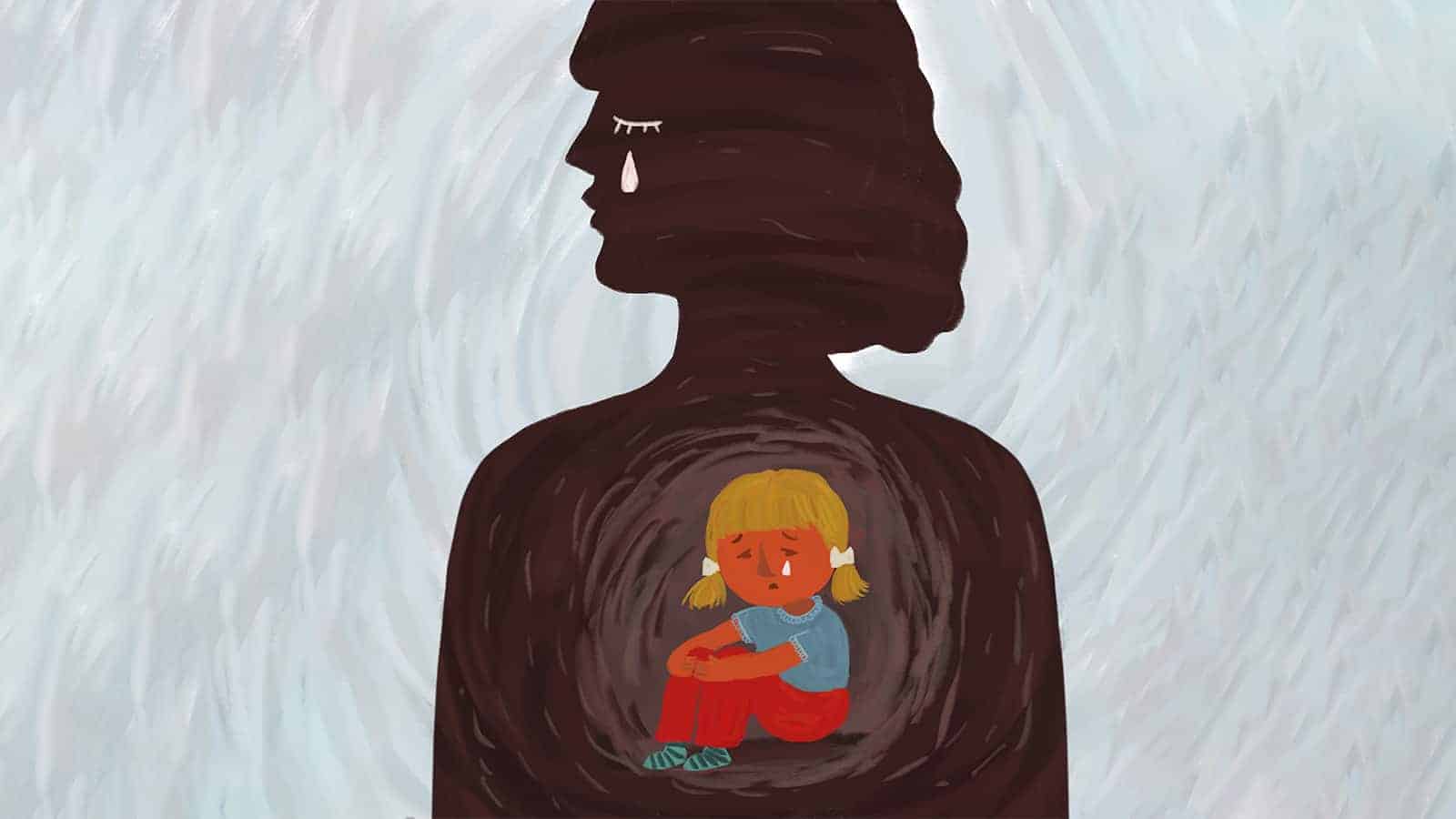Borderline personality disorder, otherwise known as an emotionally unstable personality disorder (EUPD), is perhaps the most misunderstood mental illness. Initially, doctors named the disorder because patients exhibiting this condition bordered two different states: neurosis and psychosis. However, many specialists today choose to call it EUPD because it is outdated and controversial. A borderline personality disorder displays continuous instability in moods, self-image, and relationships. Depending on the severity, people who have this disorder may have trouble holding down jobs or maintaining relationships.
BPD is the most common personality disorder, affecting an estimated 1.7% of the population. Nearly 75% of people diagnosed are women, according to the National Alliance on Mental Illness (NAMI).
Symptoms of Borderline Personality Disorder
- Intense fear of abandonment, both real and imagined
- Unstable, passionate relationships that alternate rapidly between idealization (“I love him!”) and devaluation (“He’s so awful!”). Some psychologists refer to this as “splitting.”
- Unstable, negative self-image includes moods, opinions, goals, and values.
- Impulsive behaviors with potentially dangerous consequences include impulsive shopping sprees, gambling, unsafe sex, reckless driving, or substance abuse.
- Self-harm, including cutting, burning, or suicide threats/attempts.
- Depression, irritability, or anxiety for hours or days at a time.
- Chronic feelings of emptiness, boredom, or detachment from others.
- Inappropriate, volatile, uncontrollable anger, such as frequent outbursts or physical fights.
- Periodic dissociative episodes—feeling disconnected from your thoughts, emotions, and perception of reality. This can cause stress-related paranoia, which can result in brief psychotic episodes.
Like most mental illnesses, doctors believe a combination of genetics, environment, family history, and brain structure contribute to BPD. Prior studies have found evidence of genetic predisposition regarding borderline personality disorder. Twin studies performed in 2000 and 2008 revealed a 50% heritability, which surpasses rates for major depression.
Psychologists Find Link Between Childhood Trauma and Borderline Personality Disorder
However, a new study suggests that childhood trauma contributes more than genetics to BPD development. The findings have been published in the journal Frontiers in Psychology.
“It seems that females are more frequently affected from BPD, at least in clinical settings than males, with a ratio of about four to one,” said the study’s authors, led by Benjamin Otto of Ruhr-University Bochum in Germany.
“Etiological models of BPD suggest that the development of “mistrustful inner working models” in relation to insecure attachment patterns predisposes to perceiving others as untrustworthy and rejecting. Causal factors in this development include emotional neglect and physical or sexual abuse, which occur in up to 80 percent of individuals with BPD.”
The team wanted to understand better the complex relationship between childhood trauma and borderline personality disorder. To do this, the team recruited 95 adult women, 44 of whom had a prior diagnosis of BPD. The participants completed several psychological assessments, such as a life history questionnaire and personality test.
Additionally, they answered questions about aggressiveness, chronic stress, childhood trauma, and symptom severity. Finally, researchers determined the participants’ allostatic load, or wear and tear on the body due to chronic stress. To assess this, the team took participants’ blood pressure, waist-to-hip ratio, and body mass index measurements.
Since trauma often manifests in the body, researchers hoped these markers would give them better insight into how borderline personality disorder affects physical health.
Study Found People With BPD Have “Pace-of-Life-Syndrome”
The findings revealed how growing up in unstable conditions affects people later in life. Researchers observed that participants with borderline personality disorder had higher scores on the childhood trauma questionnaire than those without BPD. Because of these adverse events, research shows that children tend to grow up faster than their peers.
The study delved deeply into what causes BPD and how the disorder impacts development.
Study authors concluded that childhood trauma results in a “Pace-of-Life-Syndrome,” where individuals prioritize reproduction over body maintenance and tissue repair.
They also grow faster, have a higher metabolism, and risk developing stress-related illnesses like cardiovascular disease. Finally, research shows that, in clinical settings, people who have BPD have an 8.3-fold higher all-cause mortality compared to the general population.
All of these factors increase allostatic loads as the child progresses into adulthood.
“In line with expectations, BPD patients had significantly higher scores suggestive of a fast Pace-of-Life-Syndrome than controls. They were more aggressive, more burdened with chronic stress, and were exposed to more severe childhood adversity,” said the authors. “The present study thus provides direct evidence of psychological and somatic traits associated with the fast end of the PoLS spectrum in females with BPD.”
BPD Characterized by Distinct Personality Traits
Not surprisingly, researchers observed distinct personality differences between those with and without BPD. The team recorded higher levels of neuroticism and lower extroversion, conscientiousness, and agreeableness in BPD patients. In addition, they found that people with borderline personality disorder exhibited less openness to new experiences.
They conclude,
“To the best of our knowledge, this is the first study that has directly examined the question of whether the clinical condition labeled borderline personality disorder bears features suggestive of a fast Pace-of-Life-Syndrome and consequences including poorer body maintenance and repair. The findings could therefore be of particular relevance for public health, particularly in terms of prevention and risk reduction for deleterious outcomes that are not only psychologically determined but also by means of physical health.”
The authors added that a fast Pace-of-Life-Syndrome isn’t specific to BPD. PoLS may indicate other mental health conditions, like ADHD, bipolar disorder, and addictive disorders. However, those with borderline personality disorder tend to have higher rates of comorbidity.
Final Thoughts on a Study Linking Childhood Trauma to Borderline Personality Disorder
Previous studies showed that genetics played a significant role in developing borderline personality disorder. However, a new study by German researchers found that environmental factors may contribute more to BPD. The findings showed that most participants experienced childhood trauma.
Overall, they also had higher chronic stress, which led to poorer physical health. Study participants exhibited “Pace-of-Life-Syndrome” due to their upbringing and stress response. Researchers hope this study highlights the need to treat this condition properly before it can cause lasting damage.






















